The goal of our Nice View Reporter project here in Msambweni is to support students in attaining media literacy. The best way to go about this is to make media yourself.
Early on, we spoke to Eugene, Nice View’s headmaster, about doing something with film this year. This is why, next to Team Podcast and Team Documentation, we also put together Team Film to shoot a short documentary with the students.
Our plan: within five days, the students will learn that film means more than shooting random scenes, that every cut and every frame follows a plan.
The goal is to have them experience that a film is not a reliable image of reality, no objective truth, but rather a construct – even when it is a documentary. Understanding this is an important aspect of media literacy.
We easily decide what the film will be about. As PR people, we know that films with animals in them are always going to work. On this part of the Kenyan coast live four species of monkeys – among them the rare black-and-white colobus.

We have been in touch with the Colobus Conservation Center, an NGO in Diani Beach engaged in protecting these animals. The NGO works with students a lot. They liked our idea very much and were extremely supportive.
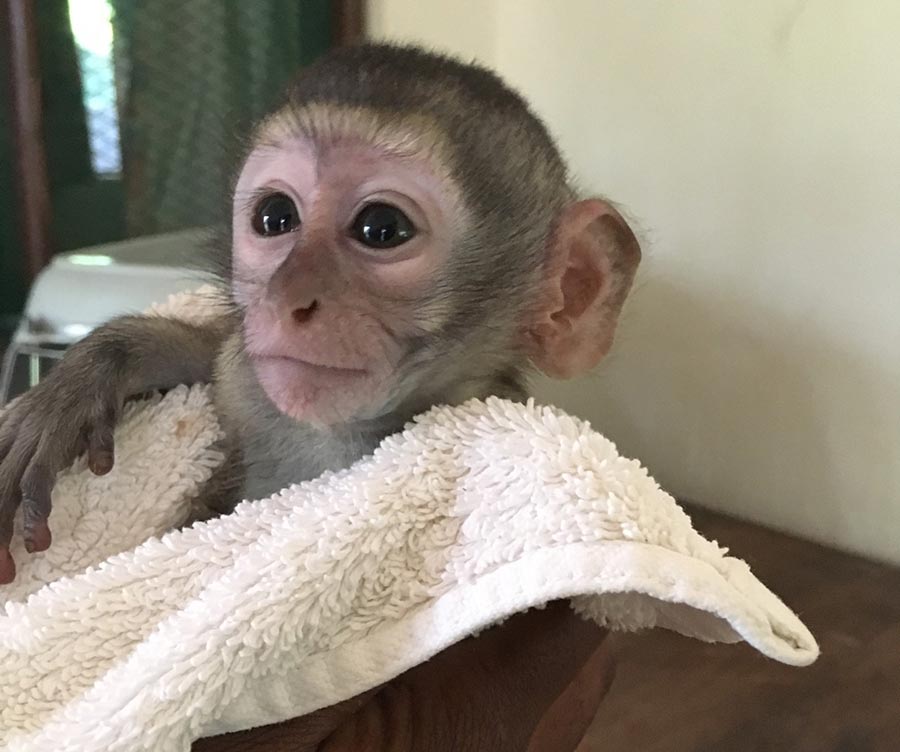
On day one (Monday), we gave the Nice View kids an introduction into film theory and production techniques. Everybody was assigned one job: Sound, light, director, camera, editor, production manager. As a first practice, they conducted interviews with fellow students and teachers.
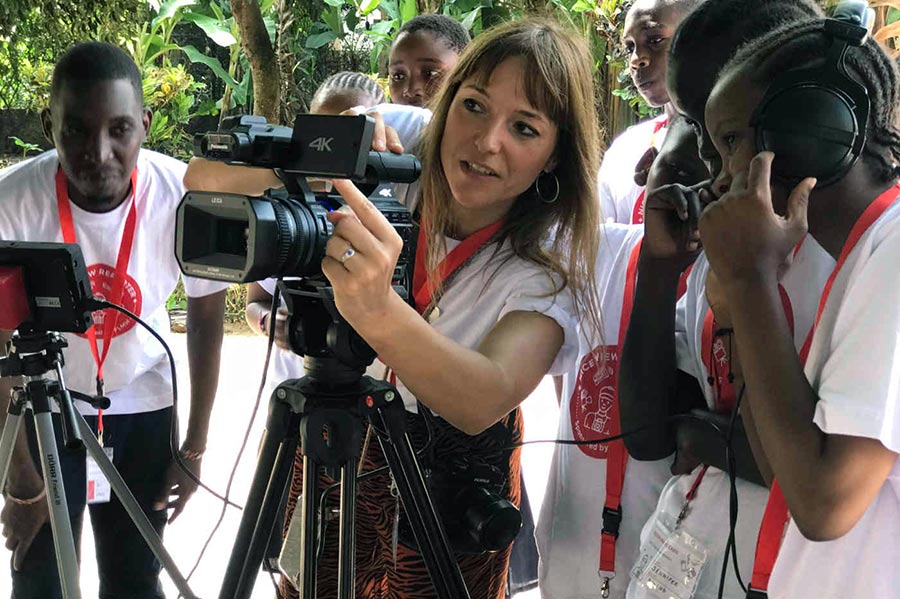
The next day, we go to Colobus for the first time, doing research and prepare the shoot. We crammed the entire team – four FLMH people, eight kids, two teachers – into one Matatu to go to Diani Beach, some 20 kilometers away.
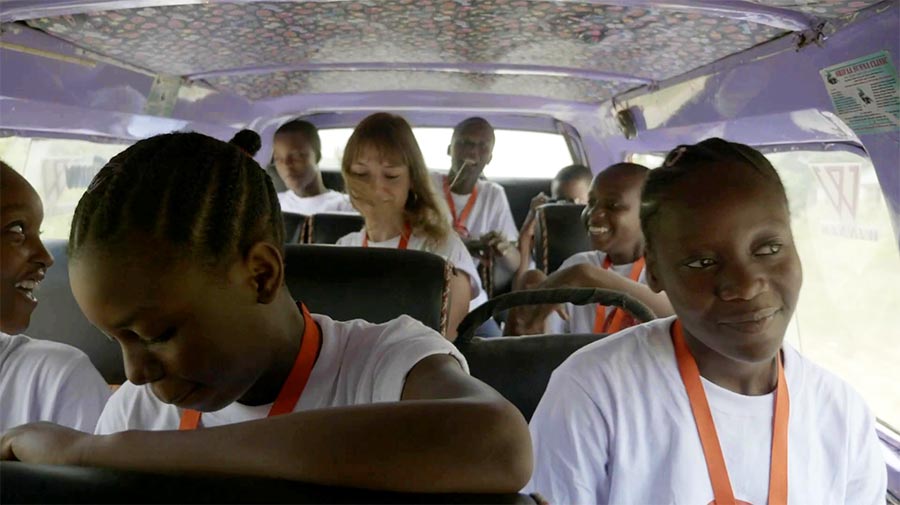
The fantastic Maria gave us an awesome tour around the facility. We got to visit the educational center, the educational trail, the nursing station, and the hospital. The kids were impressed, the Mzungus even more so.
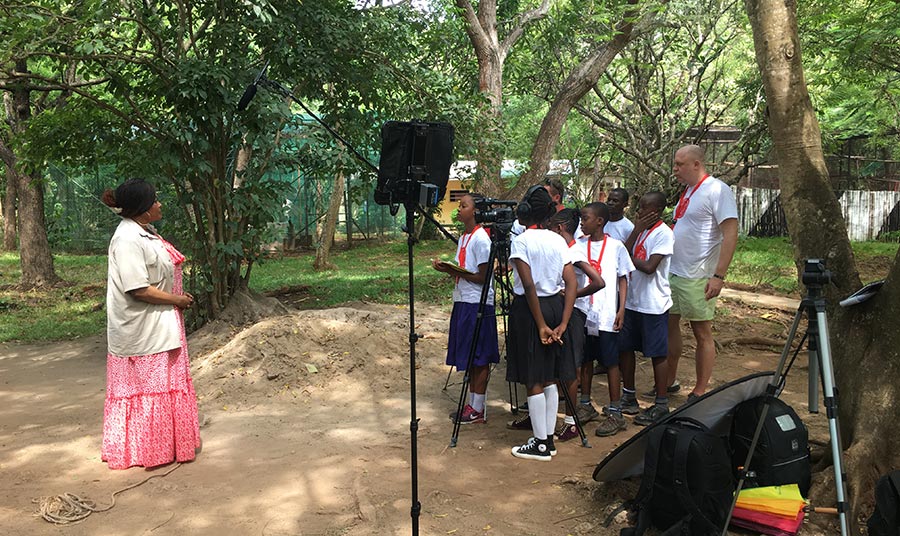
Maria also agreed to be the film’s main character. What could possibly go wrong?
Back in Nice View, we developed the storyline and decided on interview questions and the pictures we would need to have the film tell the story we wanted it to tell.
After this, we’re all ready to go. In the beginning, everybody was quite nervous. While those in charge of directing and producing briefed our protagonist, the others built the set.
Three hours later, all scenes were shot and everybody was happy, as well as hungry – despite the slight nausea after having watched an autopsy. For the purpose of general interest, that scene did not go into the film.
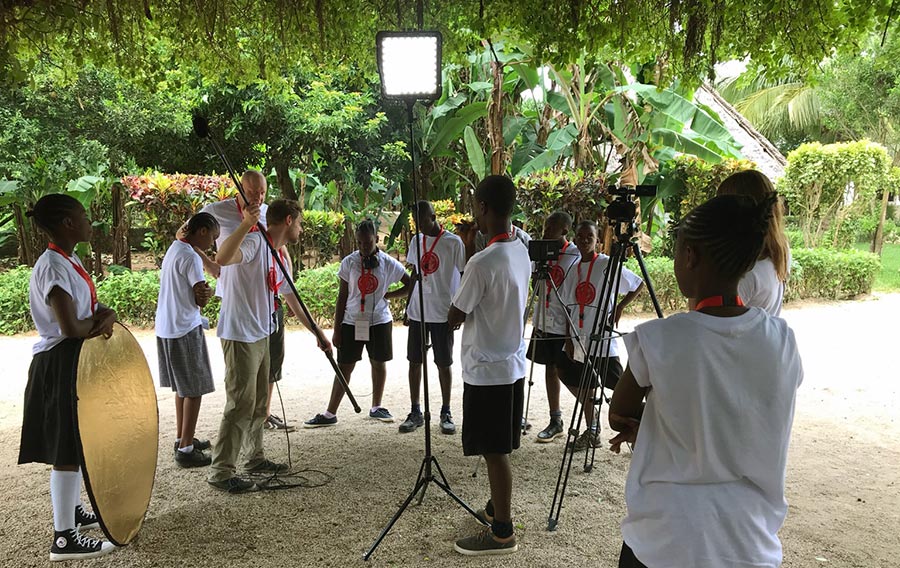
The next two days centered around cutting and post-production. We were really amazed how much the kids still remembered from our introduction on Monday, three days prior. Here they were, talking about long and medium-long shots, jumping the line and golden ratio like they had never done anything else.
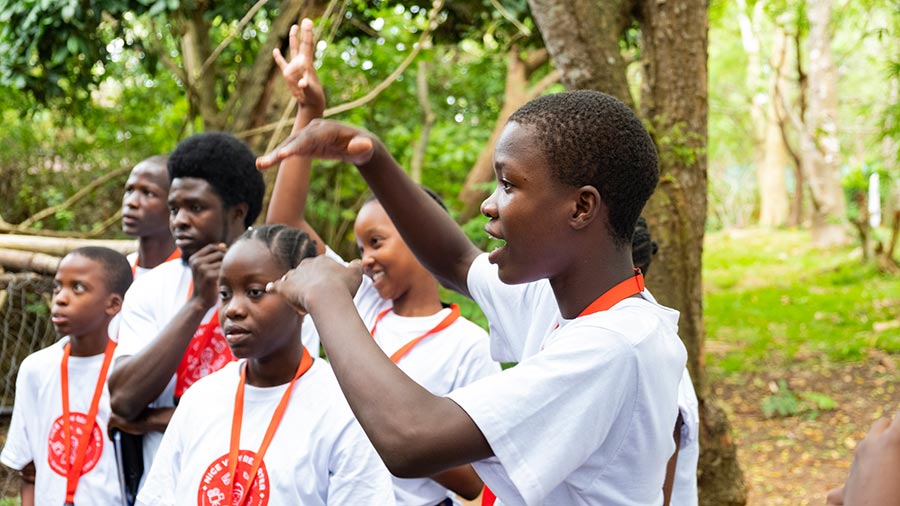
In the end, Maria (“our” Maria, from FLMH) had one more great idea for something to be included in the credits – so you really should watch the film to the very end:
Das Resüme: sehr anstregend – und ebenso gut.
Auf das Ergebnis können alle sehr stolz sein. Wir persönlich sind es auf jeden Fall, denn unser Ziel haben wir erreicht. Die Kids werden in Zukunft mit anderen Augen Filme anschauen – mit kritischen Augen.
Eine weitere Erkenntnis hat sich nach fünf Tagen auf Seiten unseres FLMH-Teams gefestigt: Der Beruf der Lehrerin ist auch für das nächste Leben keine ernstzunehmende Option. Viel zu anstrengend.

Ganz zum Schluss: Auch wenn die Überschrift etwas anderes nahelegt – no Nice View Reporters were harmed.



